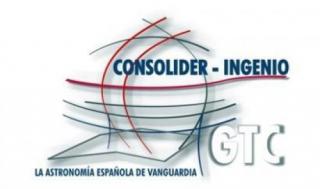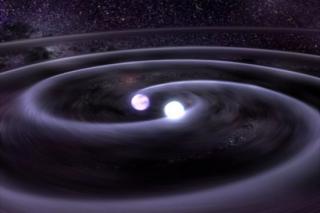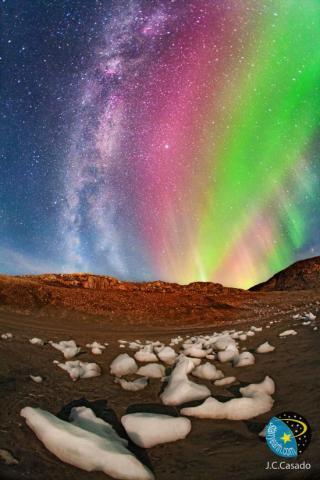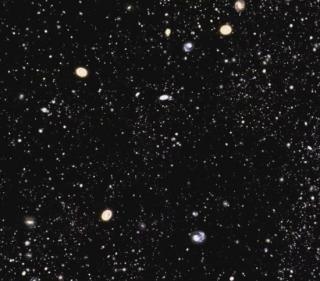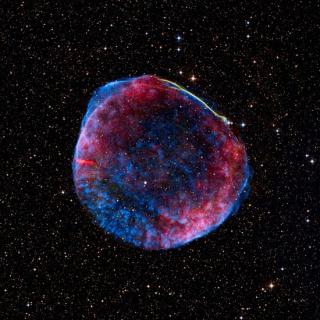
Un equipo internacional, liderado por investigadores del Instituto de Astrofísica de Canarias (IAC) y de la Universidad de Barcelona (UB), descubre que la explosión de la supernova del año 1006 se produjo probablemente por la fusión de dos estrellas enanas blancas.
Advertised on
